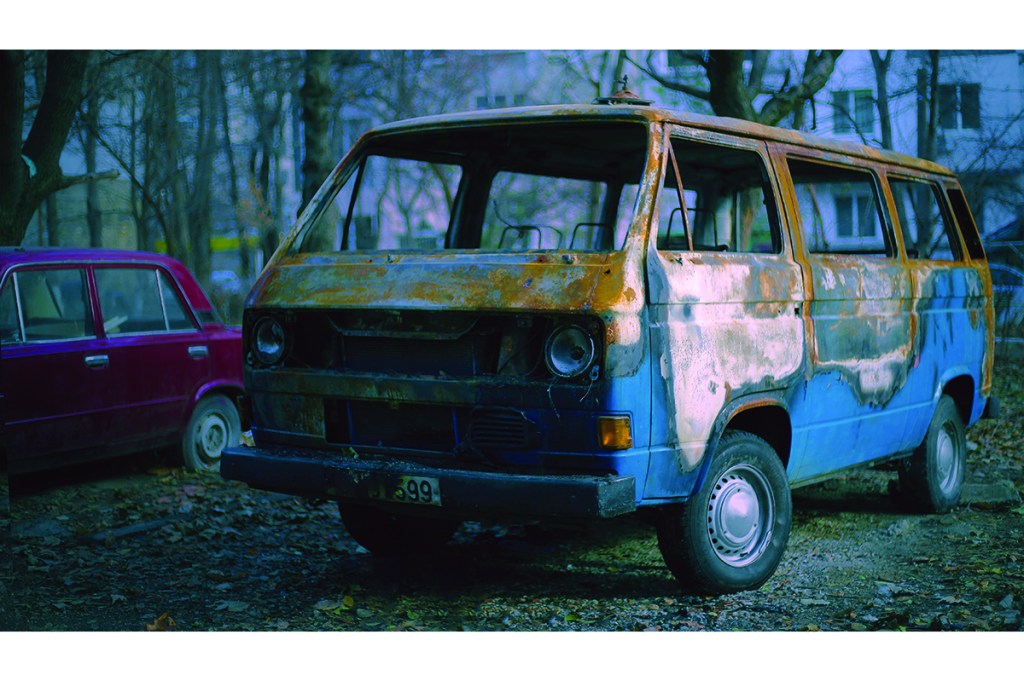There is a property on the outskirts of my little Central Pennsylvania town that I’ve always thought was a junkyard. At last month’s township supervisors’ meeting, I learned the couple of acres bestrewn with broken-down old vehicles, rusting tractor trailers, an off-kilter mobile home, some dilapidated campers, scattered mechanical accessories, a dumpster and a trampoline is actually someone’s home.
“It used to be a beautiful neighborhood ’til those rat-nest people started living up there,” a neighbor told the board. “This is bullshit!”
Meanwhile, in a neighboring township, a newly elected board of supervisors has made it their mission to crack down on junk. The problem is, though, that the nuisance ordinance banning junk and junked vehicles doesn’t define what junk is.
When the township solicitor suggested the board prohibit the storage of vehicles, including ATVs and campers, that don’t move at least once every ninety days, one supervisor said they couldn’t do that, because he himself would be in violation. He only moves his camper every six months.
A four-wheeler with only two tires, a truck up on cinder blocks in the driveway, yards with old toilets and too many lawnmowers: it’s all part of what I fondly refer to as Appalachian Dilapidation. Pieces of permanently parked machinery especially, that rust and don’t rot, become part of the landscape. They also serve as useful landmarks when you’re out on a backroad with no cell service or signs of civilization. An old dragline that’s been sitting in a field since the coal company that owned it went bankrupt in the Nineties, for instance, is a common meeting point for local side-by-side riders.
My friend Greg runs a scrap yard. He literally makes a living on junk and happens to live beside someone with a real ramshackle mess of a house: sagging roof, cracked windows, overgrown everything. Greg doesn’t care. “So long as it doesn’t bother me any, that’s his right,” Greg says.
So what is junk, exactly? And who are the aesthetics police who get to decide? Are the ten decrepit Cadillacs covered in graffiti and buried along Interstate 40 in Texas not junk because three San Francisco artists said so, and Texas Monthly declared the “Cadillac Ranch” display “an American icon”?
Is “Randyland” in Pittsburgh, created by a gay man fond of dumpster diving and using “pink flamingos, mannequins as well as plastic dinosaurs” to “decorate” his house not tacky because its garish colors make the “public art” “Instagrammable”?
Is collecting junk on private property a civil right? Consider that for some, a $400 recliner is a big-deal purchase they’re proud of, and to them, it deserves to be displayed outside, on the front porch, where passersby can admire it.
Many of the people in my neck of the woods can’t afford to repair their machinery or pay to have it hauled away. And they don’t want to, anyway. Their “junk,” in many cases, is their treasure, and that old two-stroke Detroit Diesel engine from dad’s 18-wheeler that’ll never run again becomes a lawn ornament denoting the same message that an ornate wrought-iron gate guarding an exclusive community does: I live where I do for a reason and want to be left alone.
This article was originally published in The Spectator’s August 2022 World edition.
















